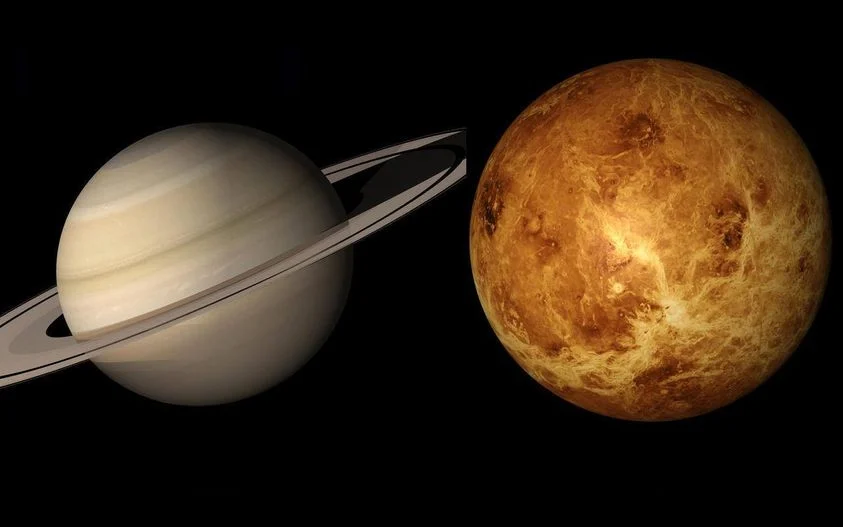The Antikythera mechanism, built-in Greece, is the oldest mechanical ancient computer to be discovered worldwide and was created for accurate calculations of astronomical positions.
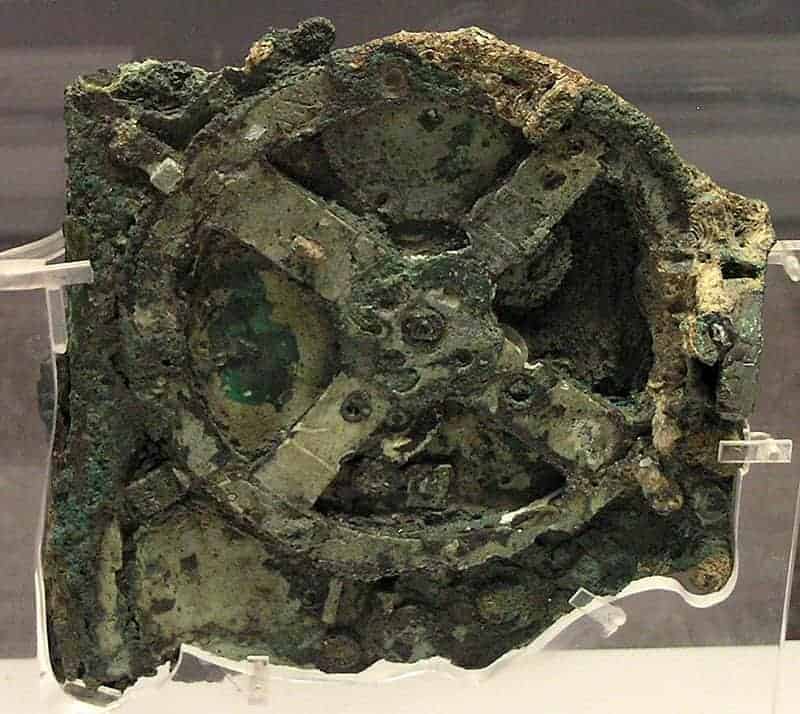
It was discovered in the Antikythera shipwreck on the Greek island of Antikythera in a wooden box by Valerios Stais on May 17, 1902.
The importance and complexity of the mechanism were understood only a few decades after the discovery.
This advanced computer from 200 BC is currently found at the National Archeological Museum in Athens, with its mechanism, gears and inscriptions on it, forcing researchers to reconsider their view of the level of complexity of ancient Greek science. The mechanism comes in a shape of a box with a few dials on the outside and inside it has an assembly of gears similar to a mechanical clock of the eighteenth century.
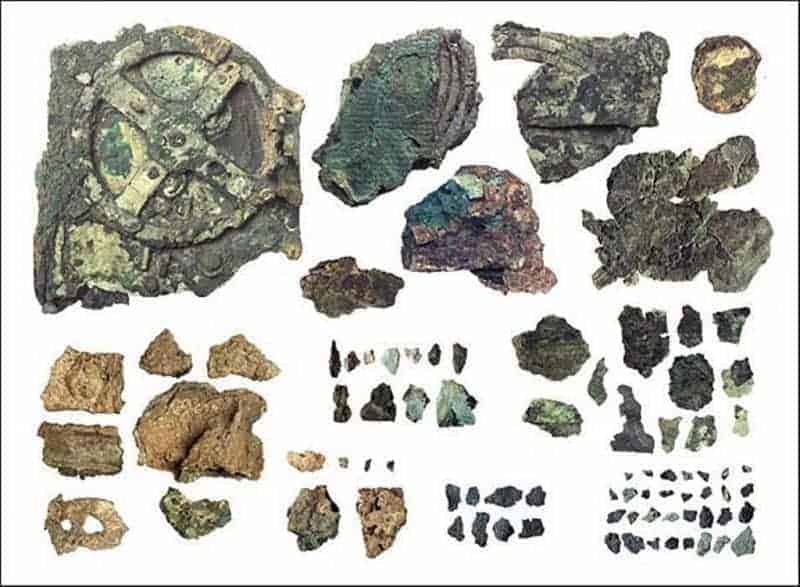
After the initial discovery, 20 more gears were recovered, including a sophisticated set of gears mounted on a rotary plate acting as an epicyclic system. All of the components appear to be cut from a single sheet of bronze about 2 millimetres thick. The gears have teeth at an angle of 60 degrees and the sizes are identical which makes the wheels combine perfectly.
The Antikythera mechanism is one of the most ancient and complex scientific computers. Although its constructions without any flaws suggest that there were other mechanisms before it, these mechanisms were not discovered. Its design was made on the basis of astronomical and mathematical theories developed by Greek astronomers, somewhere between 200-100 BC. The level of miniaturisation is remarkable and its complexity of it is at the level of 18th-century clocks.
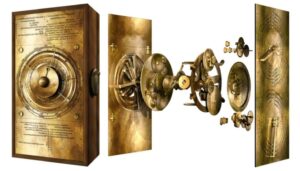
The mechanism is composed of three dials. The one in front is the largest one showing 365 segments. Each segment represents a day from the Egyptian solar calendar. Inside the dial, a second circle shows the 12 signs of the zodiac. By turning a handle (which was never found) one could position the two needles to indicate for each day of the year the exact position of the Sun and Moon with a small sphere indicating the phase of the moon.
The back of the mechanism was composed of two dials in order to guarantee its exactitude. Whatever the day and year were chosen on the front dial, one dial from the back of the mechanism shows the Metonic cycle. This indicates the lunar and solar over a period of 19 years corresponding to 235 lunar months. The second dial from the back indicates eclipses of the Sun and Moon.
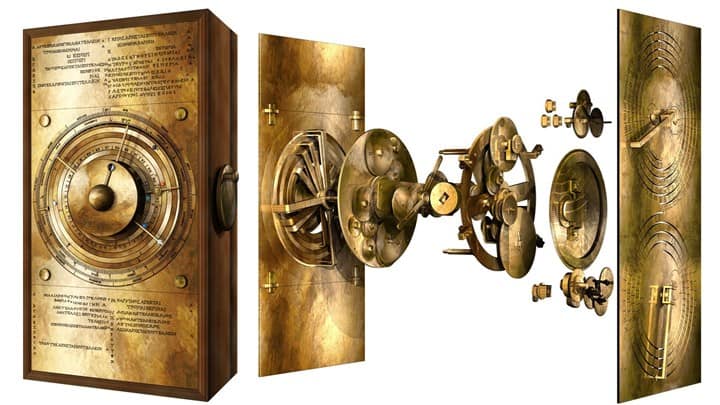
Several writers from antiquity mention the existence of similar machines, but the Antikythera mechanism is the only one which has been recovered.
It was recently discovered that the Antikythera Mechanism also tracked the movements of Venus and Saturn - including when their orbit, when viewed from Earth, looked like they were travelling back across the sky.
“The classic astronomy of the first millennium BC originated in Babylon, but nothing in this astronomy suggested how the ancient Greeks found the highly accurate 462-year cycle for Venus and 442-year cycle for Saturn,” said PhD candidate and UCL Antikythera Research team member Aris Dacanalis.
Evidence the researchers uncovered using X-rays discovered that the mechanism, which was found in pieces, mapped the orbits of all the other planets known to the ancient Greeks too.
“After considerable struggle, we managed to match the evidence in Fragments A and D to a mechanism for Venus, which exactly models its 462-year planetary period relation, with the 63-tooth gear playing a crucial role,” said team member David Higgons.


